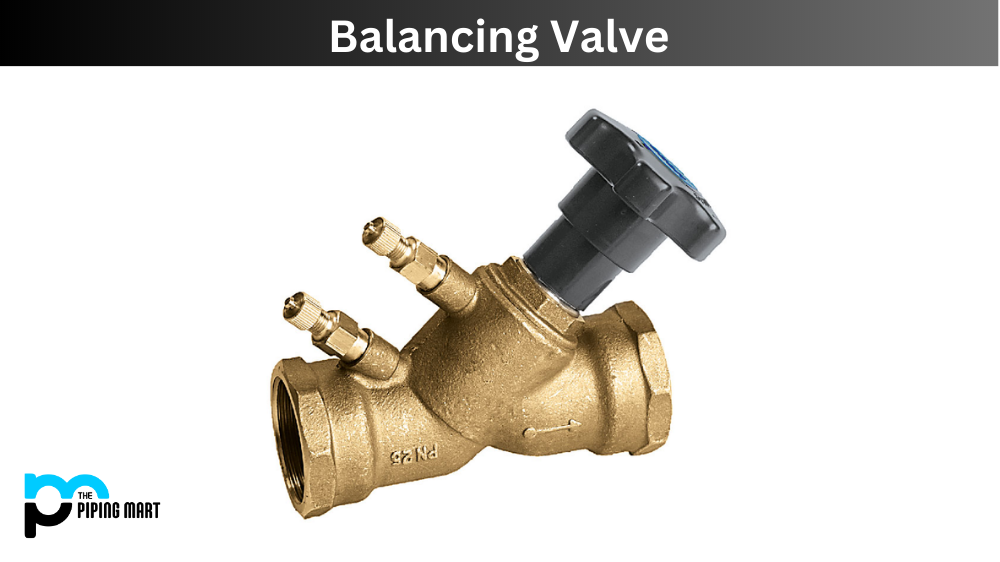A double regulating valve, or DRV, is a popular type used in plumbing and HVAC systems to control the flow of water or air. It is designed to regulate and monitor flow rate, pressure, and temperature, allowing for greater control of HVAC systems. However, with the advantages come the disadvantages of DRV. In this blog post, we will explore the advantages and disadvantages of double regulating valves and why it is important to know when and where to use them.
Advantages of Double Regulating Valve
Accuracy: Double regulating valves typically provide a high degree of accuracy in regulating the flow and pressure of the fluid or gas. They are often used in commercial and industrial facilities where precision and efficient control is critical to maintaining a comfortable and safe environment.
Versatility: DRV can be used in various environments, which means they are not limited to a specific application. They are commonly used in heating, ventilation and air conditioning (HVAC) systems, but they can also be used in industrial settings to regulate and control the flow of fluids or gases.
Easy to Install and Maintain: DRV requires no special installation tools or technical expertise. It is easy to understand and maintain, making it ideal for commercial and residential installations.
Cost efficiency: DRV is known for its cost-effectiveness. It can reduce the energy consumption of HVAC systems by regulating the flow of air or water to the desired temperature. Thus, it reduces the operating cost of the HVAC system.
Disadvantages of Double Regulating Valve
Pressure Drops: The double regulator valve is known to cause pressure drops. Where fluid pressure may cause a drop at the valve, it can affect the system’s efficiency.
Limitations: The valve can only manage a limited amount of pressure drops. The valve’s effectiveness will be protected if it is maintained properly.
Clogging: Like any other valve type, DRV is prone to clogging. Where impurities such as debris, calcium, and magnesium find their way into the valve, the valve’s performance can be affected.
Complexity: DRV has many internal parts and can sometimes be difficult to diagnose and repair. It may also require additional space to fit in pipelines.
Conclusion:
DRV is an essential component for HVAC systems, which helps regulate and control air or water flow and pressure to the desired temperatures. The advantages of the DRV include accuracy, versatility, easy installation and maintenance, and cost-effectiveness. However, the DRV has disadvantages, including pressure drop, limitations, clogging, and complexity. It is important to know when and where to use DRV in an HVAC system to harness its potential benefits. Overall, with proper use and maintenance, the DRV remains a critical tool for effective HVAC system operation.

A passionate metal industry expert and blogger. With over 5 years of experience in the field, Palak brings a wealth of knowledge and insight to her writing. Whether discussing the latest trends in the metal industry or sharing tips, she is dedicated to helping others succeed in the metal industry.




